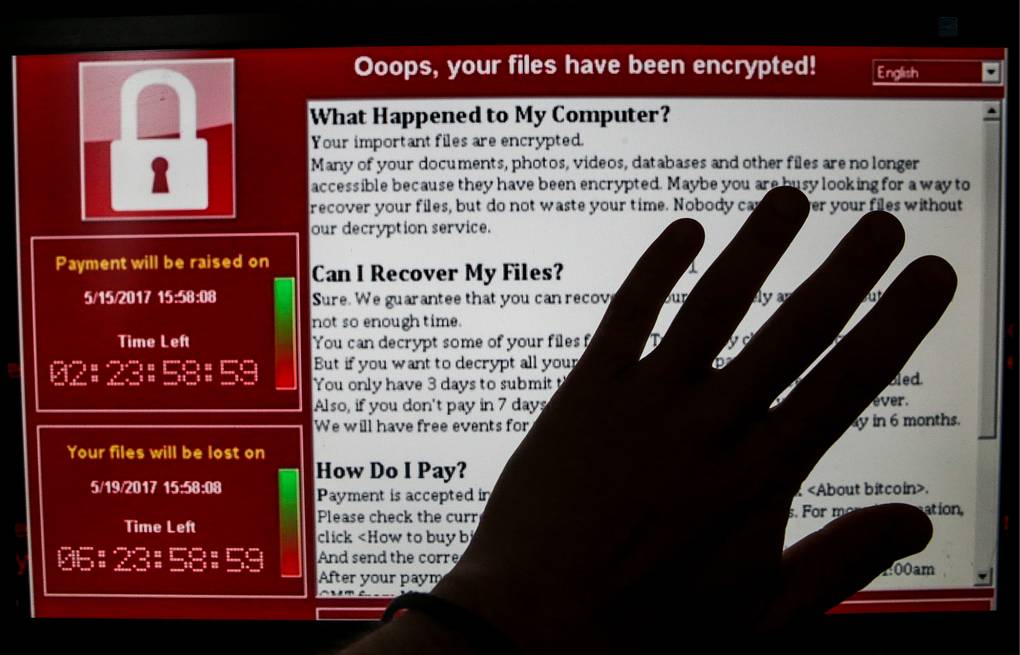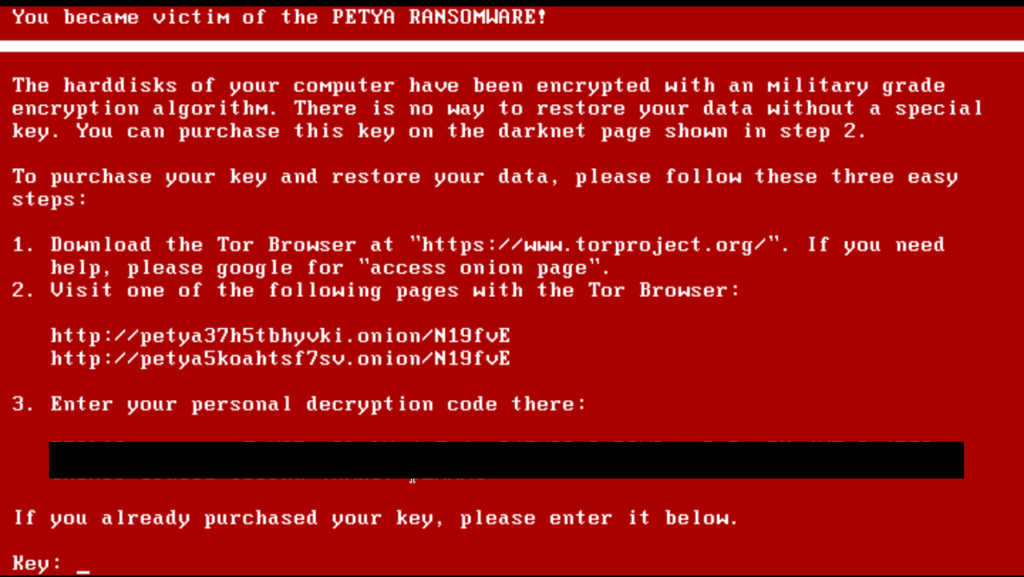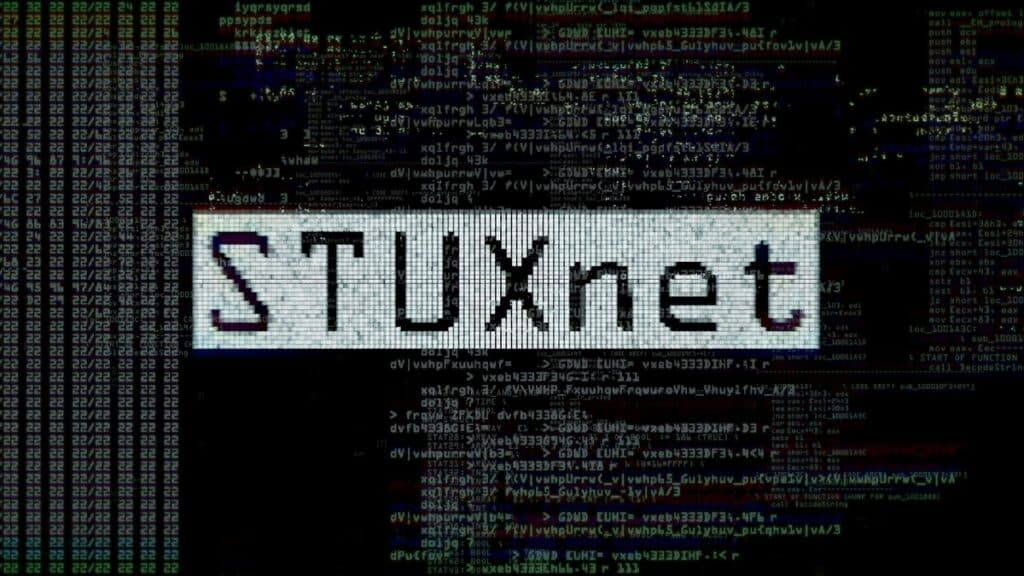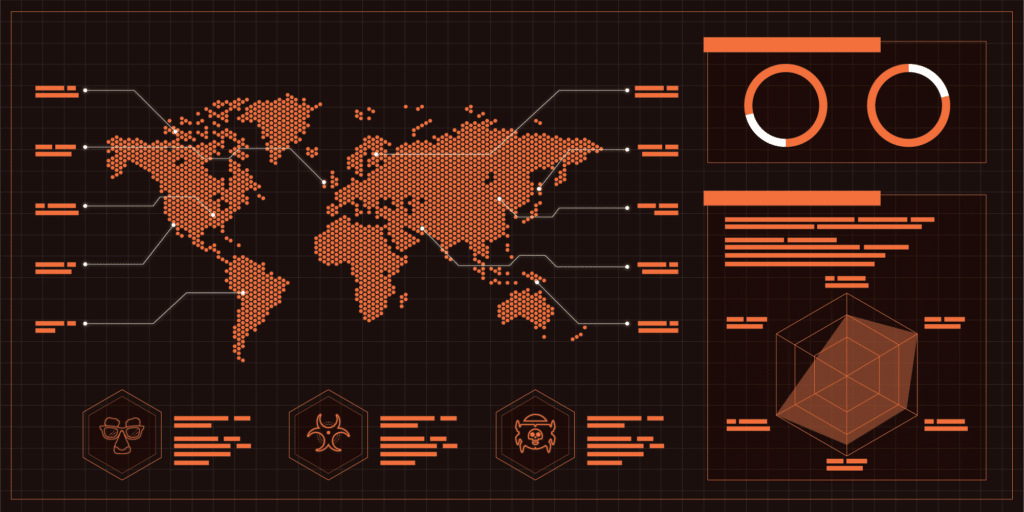What are some of the most devastating cyberattacks in history? In the digital age, where technology is both a boon and a bane, the threat of cyberattacks looms large. From financial institutions to government agencies and individuals, everyone is susceptible to the damaging effects of dangerous cyberattacks.
In this article, we will delve into the realm of cybersecurity and explore the five most devastating cyberattacks in history. Brace yourself for a journey through the annals of cyber warfare as we uncover the tactics, impacts, and aftermath of these notorious attacks.
Contents
The Most Devastating Cyberattacks That Shook the Nation
Here are the five most dangerous cyberattacks that’ll strike fear into your heart, forcing you to manually reboot your system without any say-so!
1. WannaCry Ransomware Attack
The WannaCry ransomware attack, unleashed in May 2017, stands as one of the most devastating cyberattacks in history. This highly sophisticated malware infected hundreds of thousands of computers in over 150 countries, targeting vulnerabilities in Microsoft Windows operating systems. WannaCry encrypted users’ files and demanded a ransom in Bitcoin for their release.
The repercussions of WannaCry were far-reaching, impacting critical sectors such as healthcare, finance, and transportation. Hospitals were forced to cancel surgeries and divert patients, while banks and businesses suffered substantial financial losses. This attack served as a wake-up call, highlighting the importance of regular software updates and robust cybersecurity measures to prevent such large-scale disruptions.
2. NotPetya
In June 2017, the NotPetya cyberattack wreaked havoc worldwide, utilizing a potent combination of sophisticated malware and deceptive tactics. Initially disguised as ransomware, NotPetya primarily targeted Ukrainian organizations but quickly spread across the globe, affecting multinational companies, government agencies, and critical infrastructure.
Unlike typical ransomware attacks, NotPetya had no intention of decrypting files. Instead, it aimed to cause widespread disruption and destruction. The malware spread through software updates and exploited vulnerabilities in the Windows operating system. NotPetya’s impact was catastrophic, resulting in billions of dollars in damages and crippling major corporations, including shipping giant Maersk and pharmaceutical company Merck.
3. Stuxnet
In 2010, the Stuxnet worm heralded a new era in cyber warfare, demonstrating the potential for cyberattacks to target industrial infrastructure. Designed to specifically target Iran’s nuclear program, Stuxnet exploited multiple zero-day vulnerabilities to infiltrate and sabotage control systems at nuclear facilities.
What made Stuxnet particularly devastating was its ability to propagate through removable media, infecting computers beyond the intended target. This unprecedented cyber weapon not only caused physical damage to centrifuges but also exposed the vulnerabilities of critical infrastructure worldwide. Stuxnet underscored the urgent need for enhanced cybersecurity measures and raised concerns about the potential for cyber warfare to disrupt essential services.
4. SolarWinds Supply Chain Attack
In December 2020, a highly sophisticated cyberattack known as the SolarWinds supply chain attack sent shockwaves through the cybersecurity community. This attack targeted SolarWinds, a prominent IT management software provider, compromising its software update mechanism to distribute a malicious backdoor called Sunburst.
The SolarWinds attack infiltrated numerous organizations, including government agencies, technology firms, and Fortune 500 companies. The attackers operated covertly for months, exfiltrating sensitive information and gaining unauthorized access to critical systems. This attack highlighted the vulnerabilities present in supply chains, emphasizing the need for heightened scrutiny, trust, and security in the digital ecosystem.
5. Equifax Data Breach
In 2017, Equifax, one of the largest credit reporting agencies, fell victim to one of the most devastating cyberattacks in history that exposed the personal information of approximately 147 million individuals. The breach occurred due to a security vulnerability in Equifax’s web application, which allowed hackers to gain unauthorized access to sensitive data, including names, Social Security numbers, birthdates, and credit card information.
The Equifax data breach sent shockwaves across the globe, highlighting the severe consequences of such incidents for individuals and the economy as a whole. It underscored the critical importance of safeguarding personal information and the need for organizations to prioritize robust cybersecurity measures, including regular vulnerability assessments, encryption, and employee training.
The Takeaway
The world has witnessed numerous dangerous cyberattacks, each leaving a lasting impact on individuals, organizations, and society as a whole. From the global havoc wreaked by the WannaCry ransomware attack to the disruptive power of the NotPetya malware, these devastating cyberattacks serve as stark reminders of the ever-present threat in the digital realm.
The Stuxnet worm brought to light the potential for cyber warfare to target critical infrastructure, while the SolarWinds supply chain attack exposed the vulnerabilities present in supply chains. The Equifax data breach highlighted the importance of safeguarding personal information in an increasingly interconnected world.







